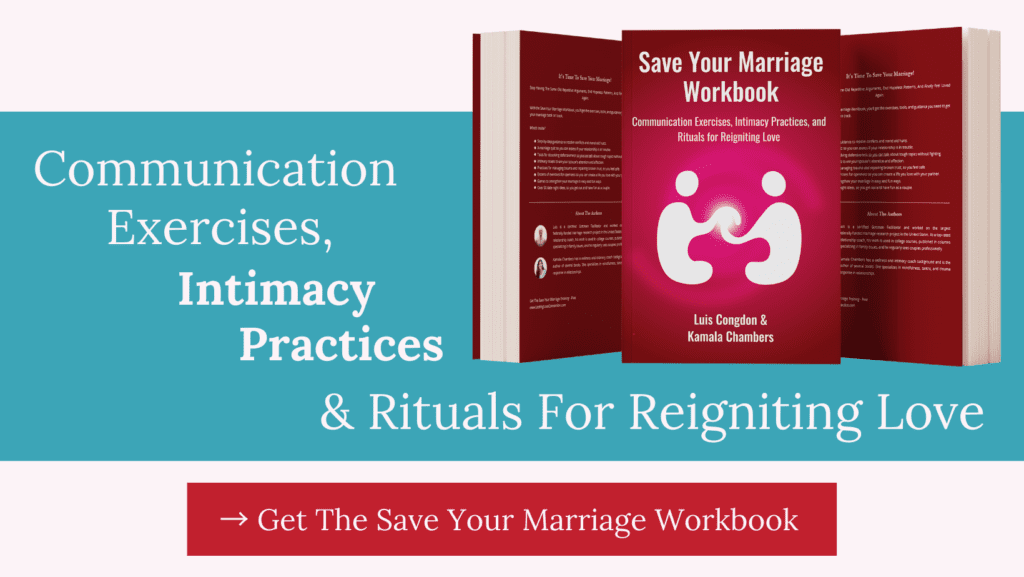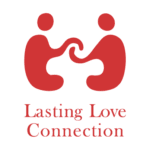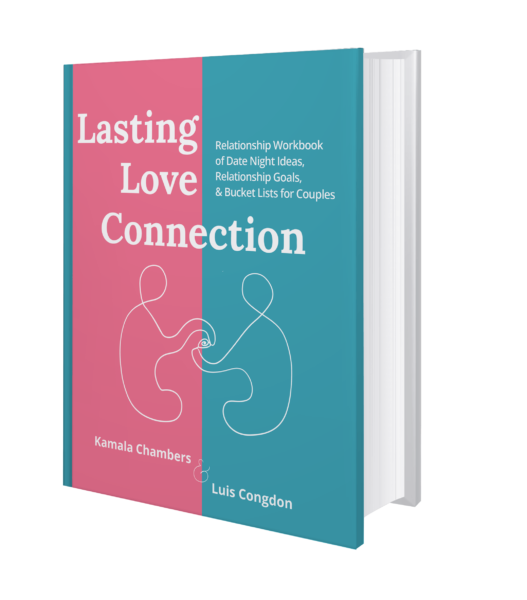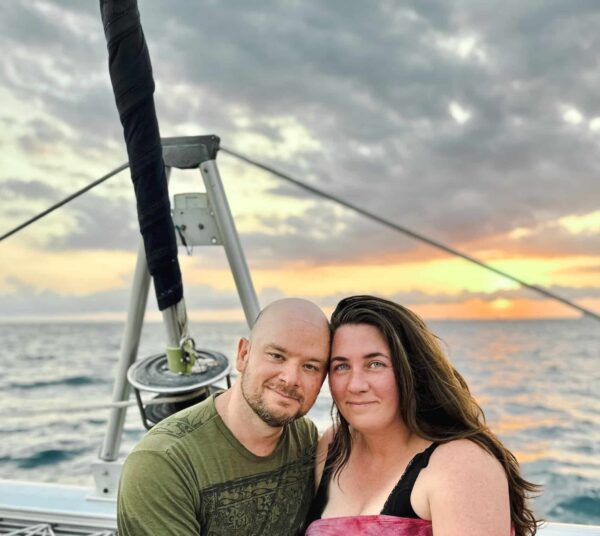Identifying a narcissistic relationship pattern may be more complex than it appears. For example, you may observe that one partner gives more in these relationships than the other. Thus, the giver’s needs are unmet. Instead, focus and attention are reserved for the narcissist.
In this article, we’ll help you identify the relationship patterns that coincide with narcissism and other unhealthy signs to look for.
Table of Contents
What is a Narcissistic Relationship?
In a narcissistic relationship, typically, one person exhibits traits of narcissism. For example, the narcissist may have a deep need for self-admiration or an inflated sense of self-importance.
Due to the inflated sense of self of the narcissist, their partner may
- take too much responsibility and blame
- dismissed their feeling
- feel emotionally neglected
- not feel heard or understood
- feel minimized
- gaslit (told you’re wrong and made do question yourself)
In a narcissistic relationship pattern, the happiness of the narcissist partner isn’t as important as recognition.
To help identify if you’re stuck in a narcissistic relationship, look at these red flags of a narcissist. The more these narcissist red flags you spot, the more we encourage you to get professional support.
Toxic narcissistic relationship patterns can take a toll on you and even destroy your sense of self-worth.
Signs of a Narcissistic Relationship
If you want to know if you’re in narcissistic cycles, see if the following signs of a narcissistic relationship pattern resonate.
Constant Need for Approval
Narcissists have low self-esteem. In your relationship, your partner may show a constant need for admiration. Due to this need for respect, the narcissist demands extra emotional energy. In most cases, your partner’s goals and motives may be driven by approval from others.
Emotional Neglect
One of the critical patterns in a narcissistic relationship is a lack of emotional support from your partner. While all kinds of relationships may suffer from emotional neglect, it’s still one of the signs of narcissistic cycles.
Like all the signs listed, emotional neglect isn’t enough to ascertain if you’re in a narcissistic relationship. But take emotional neglect seriously. A lack of emotional connection is something Gottman’s research regards as one of the strongest warning signs for an impending divorce.
Exploitative Behavior is a Narcissistic Relationship Pattern
Exploitative behavior means you often feel that your partner is using or manipulating you for selfish objectives. For example, people with narcissistic personalities may view others as objects to maintain or improve their needs and self-worth. For this reason, you may observe that your husband yells or your wife yells at you when you don’t do things their way.
Superficial Intimacy
If you feel that your relationship is superficial or just for show, that may be a narcissistic relationship pattern. You may also think that you’re less important to your partner and your partner only has little interest in you.
Instead, your partner uses you for personal gains. Typically, a shared trait among narcissists is their need to be liked and admired – if you feel used for status, take note of this. It’s essential you know you’re valued and loved for who you are – not for how you can adorn someone’s ego.
Lack of Empathy
Lack of empathy is a significant sign of a narcissistic relationship pattern. There’s a chance you’re in a narcissistic relationship if your partner doesn’t empathize with you and others.
While this sign alone isn’t enough to conclude that you’re in a narcissistic relationship, it’s one of the red flags.
In many cases where this is present, it’s more about how couples listen and connect that is an issue. For example, if your husband thinks he does nothing wrong, this is much more serious. If your partner isn’t willing to listen or own some aspect of the issue, you may be stuck in a narcissistic relationship pattern.
Can Two Narcissists Be in a Relationship?
To help you identify a narcissist relationship, we also recommend you look at our interview with Ross Rosenberg, a highly respected authority on the topic of narcissism. According to Ross Rosenberg, two narcissists cannot be in a relationship. Furthermore, there can not be 2 narcissists in a relationship because narcissists require a co-dependent partner.
Listen to our interview on identifying narcissistic marriage problems and signs of a narcissistic personality.
Resource: The Human Magnet Syndrome: The Codependent Narcissist Trap by Ross Rosenberg
How Does a Narcissist Act in the Beginning of a Relationship?
In the early period of a relationship, a narcissist may be very charming. Falling in love with a narcissist can feel like the greatest love you’ve ever felt. Most narcissists will make you feel loved by giving plenty of compliments and gifts early in the relationship.
At the start of the relationship, they are usually on their best behavior and grow into self-centeredness. However, you cannot gauge their manipulative capability early in the relationship.
After a few months into the relationship, you may see visible signs of narcissism. A prime example of narcissistic behavior at the beginning of a relationship is love bombing. As the relationship progresses, other narcissistic relationship pattern behaviors surface, such as abuse, zero accountability, gaslighting, and backstabbing.
What are the Phases of a Relationship with a Narcissist?
You can refer to the phases of a relationship with a narcissist as the narcissistic relationship cycle. These relationships have three main phases: idealization, devaluation, and discard.
Here’s a breakdown of the idealize, devalue, discard phases:
The Idealization Phase
The first phase in a narcissistic relationship pattern is the idealization stage, where you feel they are your perfect match. Sometimes, you may feel like you’ve known them all your life. Of course, idealization tends to happen in healthy relationships, but abuse love bombing is a narcissist behavior.
Narcissist Love Bombing Cycle
Loving bombing is the attempt to influence another through adoration, attention, and affection. In the idealization phase and love bombing stage of a relationship, the narcissist showers the other person with compliments, gifts, texts, phone calls, and attention. A narcissist can make you feel like the most important and special person in the world.
However, the patterns of love-bombing, then pulling away can sting the most. One moment the narcissist is shining all their radiance in your direction. And when they don’t get what they want from you, they withdraw their affections.
Devaluation Phase
As your relationship progresses, you may begin to observe a behavior change. Narcissists wouldn’t change suddenly – they continue to show love and affection. However, they begin to criticize and put you down more frequently.
Your partner may try gaslighting you and use words like, “you act insecure” or “you’re crazy.” Phrases that minimize make you question yourself or devalue your experience are all classic abuse signs of toxic relationships.
The narcissist will do what they can to make you dependent on them. They may try to isolate you or find ways to make you need them to validate your self-worth.
Discard Phase
At this phase, the narcissist intensifies the insults or manipulation since they can’t get what they want from their partner. The relationship is over at this stage, but they continue hurting their partner and try to make them feel worthless.
These individuals may say words like, “you’re a bad person” or “no one else will love you” to continue to hurt the partner.
How Do Female Narcissists Behave in a Relationship?
Female narcissists are typically very hostile in a relationship. For example, during arguments, the wife yells and dissociates from any positive ideas or feelings they have towards their partner. Hence, they are unable to feel anything aside from anger and frustration.
Inevitably, the narcissistic relationship pattern will affect trust and happiness. With time, the female narcissist in relationships becomes unsustainable.
What is a narcissistic husband?
A narcissistic husband may yell, not take accountability for their actions, and be jealous of your time and attention going to others.
In addition, arguing with a narcissistic husband can trigger defense patterns such as freeze and fawn and leave you submitting to whatever he wants or confused about your own needs.
When you have a narcissistic husband, you may start to notice signs he doesn’t love you anymore.
Narcissistic Men in Relationships
Due to this personality, both partners often exhibit angry and aggressive behaviors during interactions. This narcissistic relationship pattern may also make the male partner display irrational behaviors. However, these behaviors do not relate to the man’s level of narcissism.
Narcissist relationships with men can be similar to relationships with females. But there may be some key differences. For example, a male narcissistic relationship pattern can be more dominating or demand she caretakes his feelings or needs.
What Does a Narcissist Want in a Relationship?
A narcissist in a relationship wants loyalty. However, this loyalty is typically one-sided. The narcissist partner would demand commitment but take actions that betray the relationship. They may cheat on their loyal partner without remorse. These narcissist cheating patterns can also morph into the narcissist blaming their partner for their cheating.
Apart from their one-sided loyalty demands, a neglectful narcissist husband or wife may also want you to be forgiving. Most of them prefer partners who can constantly forgive them for causing hurt. These individuals will not stop hurting you but desire a tolerating partner.
Narcissists also prefer an accommodating partner. Since these individuals are rule-oriented, controlling, and like to have their way, they want an accommodating partner. In other words, they want you to be willing to sacrifice your desires, schedules, wants, and needs for theirs.
What is Trauma Bonding in a Narcissistic Relationship?
Trauma bonding occurs when a narcissist cycle of abuse makes the partner need love and validation. In this narcissistic relationship pattern, the narcissist will condition your mind to feel that the toxicity in the relationship is normal. As the bonding in the relationship deepens, you may feel the need to seek validation from the narcissist consistently. Hence, the abuser can continue manipulating.
In most cases, it can take several months before realizing you’re engaging in trauma bonding. For this reason, it’s imperative to comprehend the common signs. One of the significant signs is when your partner alternatives abuse and positive experiences.
How to Be in a Relationship With a Narcissist?
Being in a relationship with a narcissistic partner can be very exhausting, especially when you’re trying to make them aware of their actions. Loving a narcissist requires clear boundaries and a strong sense of self.
Don’t give up. Get help. If you think narcissism is affecting your marriage, book a complimentary couple’s consult.
You can still save your marriage when you feel hopeless. Take a step forward today and see a significant change in your marital life.
Get the Save Your Marriage Workbook today.







0 Comments